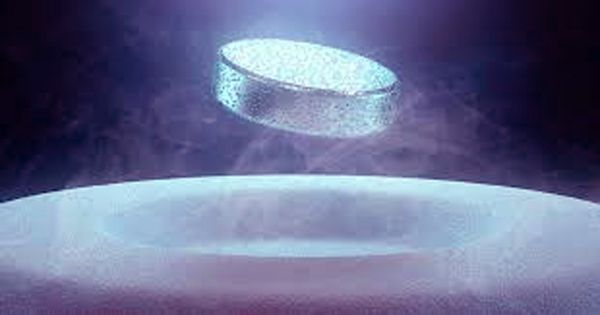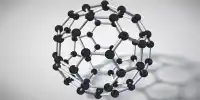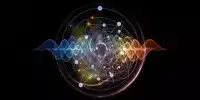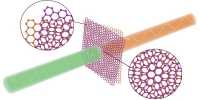The first demonstration of previously superconductivity in the theoretical form may open the door to its improvement. Superconductivity, where electricity flows with absolutely no resistance without any component, could lead to global change if recent advances are widely deployed. Yet our understanding of the underlying physics is still much more work going on.
BECs show that a mixture of wave-like and particle-like behavior is usually associated with photons or electrons. When cooled to near perfect zero, some substances form a layer of matter known as Bose-Einstein condensate BECs, or “fifth” matter, where quantum mechanics replaces classical physics.
“As they cool to near-perfect zero, they become more fragrant than the atomic space of certain elements. These odors grow up to atoms – now more like waves than particles – overlapping, separating from each other. As a result, the subject behaves as if it were a new entity with a new characteristic, lacking the previous solid, liquid, or gas state, such as superconducting.” In a statement from the University of Tokyo, Dr. Kozo Okazaki of the University of Tokyo said, “BEC is a unique state of a substance because it is made of waves, not particles.”
In scientific progress, Okazaki and colleagues announced the first observations of superconductivity at a BEC, in this case, a compound of iron and selenium.
A research tool is an individual subject. Most superconductors act as Burden-Cooper- Schrieffer (BCS) rulers where the atoms order themselves to supply electrons uninterruptedly, a situation that can only occur when conditions do not vibrate the atoms adequately in winter and the electrons do not pass by. BECs are strict enough to produce and maintain that anyone who wants superconductivity for practical purposes can choose something more conventional.
“There was a way to end BEC’s superconductivity display; we were really hoping to discover the overlap between BEC and BCS,” Okazaki said. That’s what they achieved. More important is the spectrum of laser-based photoemission spectroscopy to observe the differences between the way electrons behave in BEC and BSC superconductivity, they also observed a smooth transition from one form of superconductivity to another.
If a theory is found to explain BC and BCS superconductivity at once, it should allow us to understand BCS at a deeper level. This may allow the identification of materials that exhibit superconductivity over a wide range of conditions. This indicates that the two regimes are different manifestations of a single underlying phenomenon, comparable to the integration of electromagnetic and weak nuclear energy at very high energies.
Recent demonstrations of room temperature superconductivity require mostly high pressure, unreasonable for most purposes. We may need to improve our theoretical understanding if we can produce something more widely useful, and BECs may be the way to do it. Superconductivity in day-to-day situations can liberate technologies outside of science fiction, but we are still fairly far from it.















